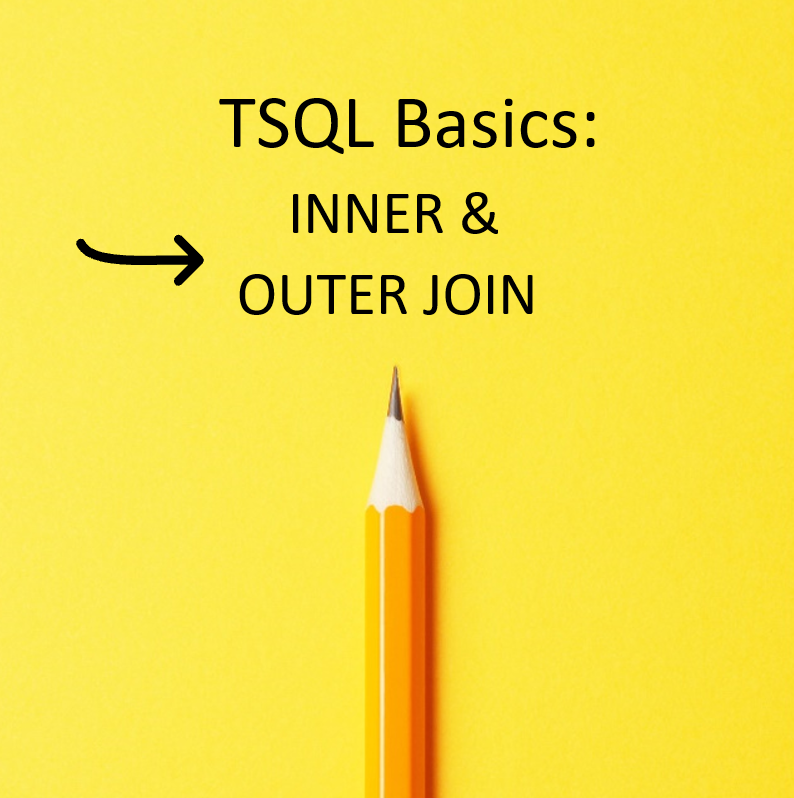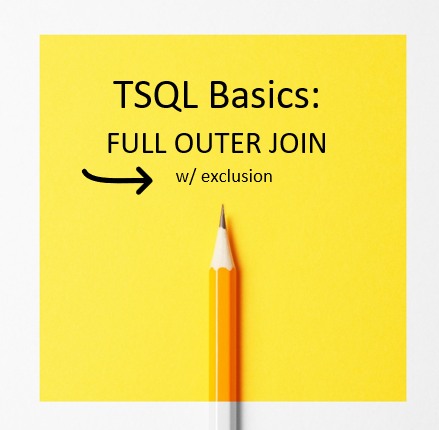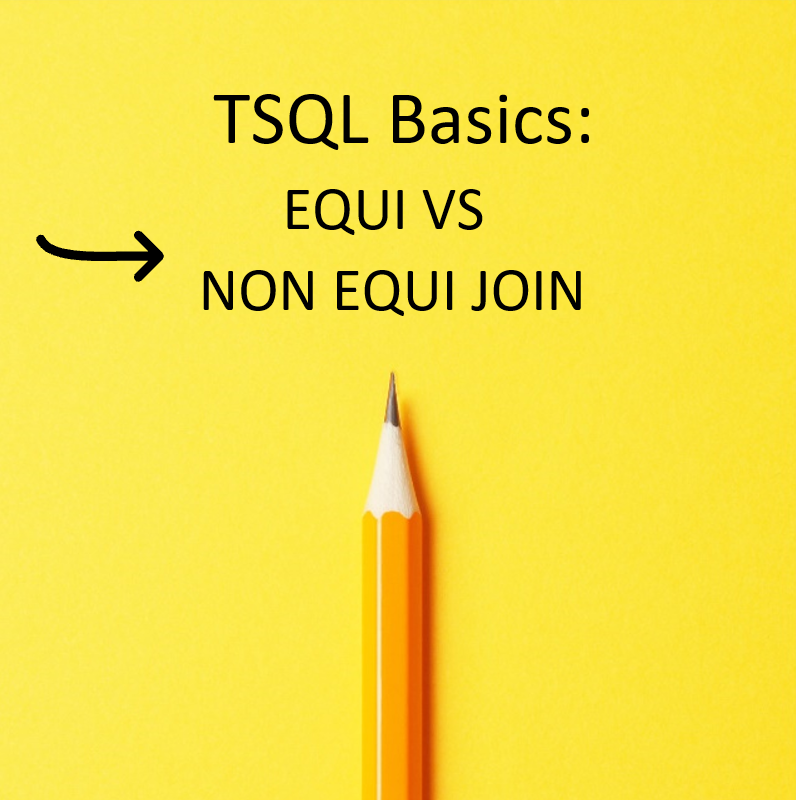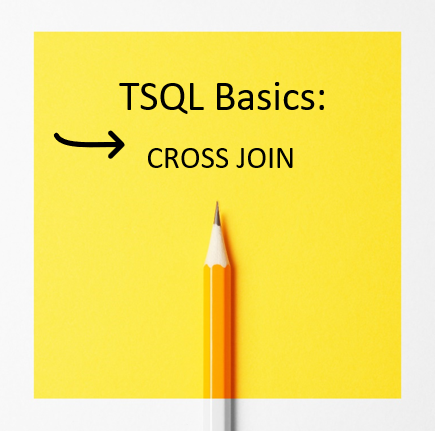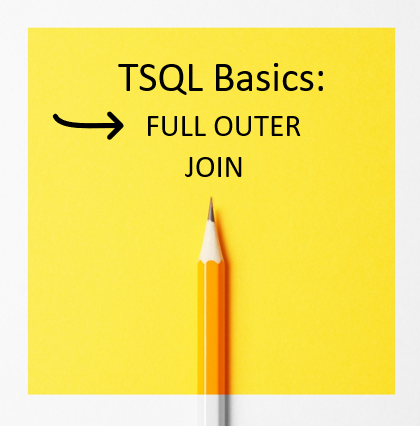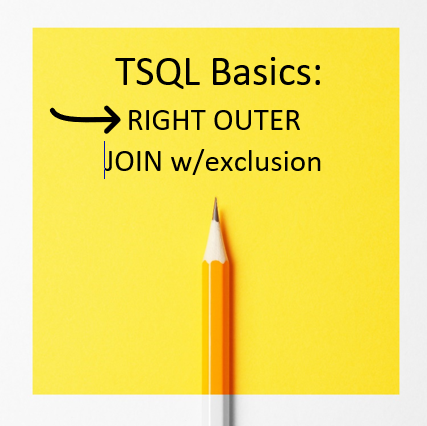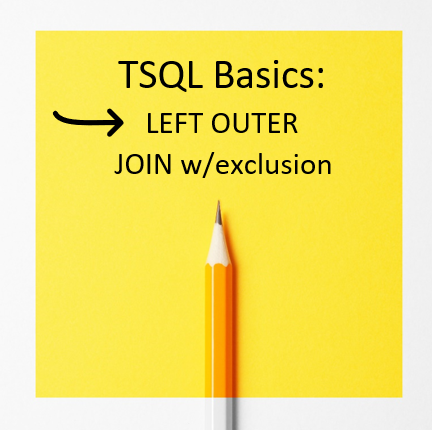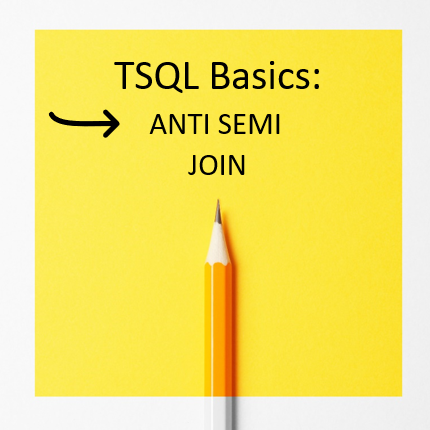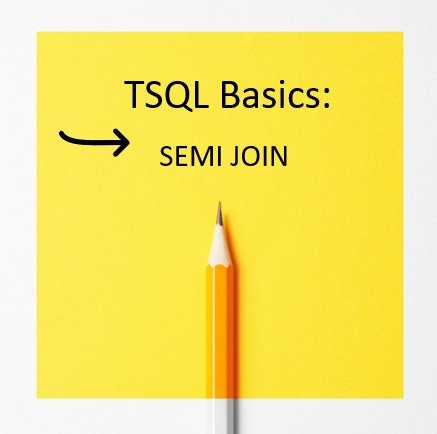TSQL JOIN Types Sale Continues
Back by popular demand – 50% off our recently released SQL JOIN Types course. >>> Use Coupon Code: 50OFFJOINS <<< What is the difference, and how can you use joins correctly? Sometimes an inner join is the right join type to use, other times the left outer join, right outer join, full outer join, cross join or self join. In …

